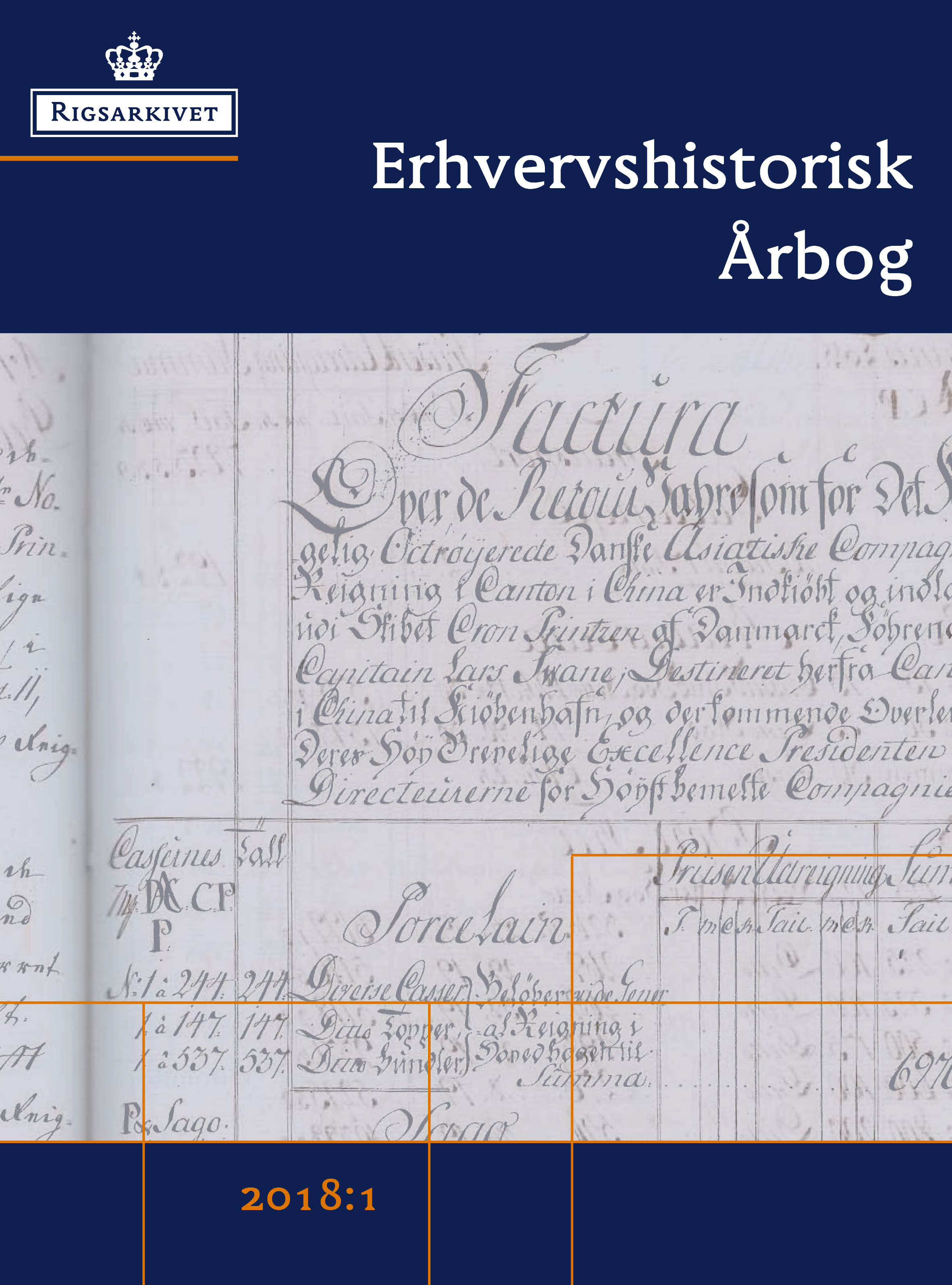Gør-det-selv! Byggemarkeder i Danmark fra 1960’erne til 1990’erne
Resumé
Når en husejer i begyndelsen af 1960’erne skulle indkøbe materialer og redskaber til vedligehold af hus og have, foregik det i mange forskellige typer af forretninger; hos isenkræmmeren og i værktøjsmagasinet, hos VVS’ere, elektrikeren eller farvehandlen og på tømmerhandlen, planteskolen eller gartneriet. Tyve år senere, i 1980’erne, kunne husejere købe det meste til vedligeholdelse og gør-det-selv projekter i et byggemarked. Byggemarkedet var et nyt detailhandelskoncept, der over nogle årtier blev skabt af en brancheglidning mellem og nytænkning af i sær tømmerhandelen og isenkræmmeren.
I artiklen undersøges det, hvordan detailmarkedet omkring gør-det-selv arbejde er opstået? Dette gøres gennem et dobbeltperspektiv på emnet. Dels undersøges det, hvordan branchen har udviklet sig, og hvad der er de historiske forudsætninger for, at moderne byggemarkedskæder som Silvan og Bauhaus er en del af det danske detailmarked? Og dels vil det i artiklen blive illustreret, hvordan branchehistorien og analysen af sammenknytningen mellem marked, materialitet og individ kan give mange forskellige vinkler på forbrugs- og velfærdshistorien.
---
DIY! Home centres in Denmark from the 1960s until the 1990s
From the mid-1950s until the mid-1970s Denmark experienced a post-war economic growth equal to the one seen in the rest of the Western World. More families than ever before in history became homeowners, with all the joys and responsibilities that come with this desirable status. Home maintenance and working in the garden, also known as DIY (Do-it-yourself), became a widespread leisure-time activity.
In this article, I try to investigate how home ownership and DIY was connected to a growing market for DIY products purchased in special DIY centres. These centres emerged from the late 1960s, often in combination with timber yards. Initially DIY centres in Denmark was connected to a long history of trading with building materials, most importantly wood. And they were directed towards a professional market. But as they developed during the 1970s and 1980s the majority of them became more home-oriented, and oriented towards private consumers. In the article, I trace this history focusing on the period from the 1960s until the 1990s. Furthermore, I discuss how the development of DIY centres can be seen as part of a larger tendency of erosion in trade barriers in retail from the 1960s and onwards. This development was not rational and linear but rather experimental.
The history of DIY and DIY centres has not previously been studied in Denmark from a cultural-historical perspective. Internationally the subject has gained more attention, and my article especially draws on two large studies of DIY published in 2011 and 2012 by Michael Mackay and Richard Harris. Mackay investigates DIY in New Zealand both historically and present, while Harris has been focusing on America between 1920 and 1960. Both studies emphasize the importance of the study of DIY as a prism for studying family life, consumerism, trade and retail history, history of technology, history of housing and planning, and the many connections between these different areas of research. In the article, I suggest how these different perspectives can be combined with perspectives inspired by new theories of material studies. Thereby we can gain a more fruitful insight into the many entanglements and connections between the individual homeowners, the house seen as materiality and the market.
Downloads
Publiceret
Citation/Eksport
Nummer
Sektion
Licens
Ophavsret til artikler publiceret i Erhvervshistorisk Årbog er fastlagt i henhold til den modelaftale, License to publish, som UBVA har offentliggjort under rubrikken Ophavsret og forskningspublicering. Indsendelse af en artikel til Erhvervshistorisk Årbog indebærer en accept af dette. Modelaftalen kan findes ved hjælp af dette link: http://www.ubva.dk/Forside





